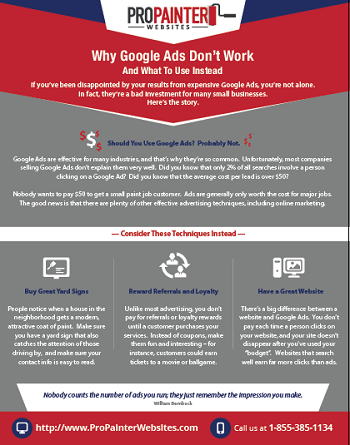Understanding Seasonal Influences On Commercial Exterior Painting: Crucial Expertise For Success
Understanding Seasonal Influences On Commercial Exterior Painting: Crucial Expertise For Success
Blog Article
Web Content Created By-Korsholm Chaney
When you're planning a business external paint task, seasonal variables can make or damage your results. You'll wish to consider exactly how temperature level and moisture impact paint application and drying times. Selecting the appropriate season can ensure your paint sticks effectively and lasts much longer. However which seasons are truly the very best for this sort of job? Allow's explore the key elements that can impact your task's success.
The Impact of Temperature on Paint Application
When you're intending a commercial external paint task, the temperature level can significantly impact just how well the paint adheres and dries.
Preferably, you wish to paint when temperature levels range in between 50 ° F and 85 ° F. If it's too cool, the paint might not cure effectively, causing concerns like peeling off or fracturing.
On the flip side, if it's also hot, the paint can dry out also promptly, preventing appropriate adhesion and leading to an irregular finish.
You ought to additionally think about the time of day; morning or late afternoon provides cooler temperature levels, which can be more positive.
Constantly check the supplier's recommendations for the details paint you're making use of, as they typically provide assistance on the perfect temperature level array for optimum results.
Humidity and Its Result on Drying Times
Temperature level isn't the only environmental variable that influences your business outside paint job; humidity plays a significant duty also. High moisture degrees can slow down drying times substantially, impacting the general top quality of your paint job.
When the air is filled with moisture, the paint takes longer to cure, which can lead to concerns like bad attachment and a higher risk of mildew development. If you're repainting on a specifically damp day, be gotten ready for extensive wait times in between coats.
It's important to check neighborhood weather conditions and strategy as necessary. Ideally, aim for humidity levels between 40% and 70% for optimum drying.
Keeping these factors in mind guarantees your job stays on track and delivers an enduring coating.
Best Seasons for Commercial Outside Painting Projects
What's the best season for your commercial exterior painting projects?
painting mn and very early loss are normally your best bets. During these seasons, temperatures are moderate, and moisture degrees are often lower, producing optimal problems for paint application and drying.
Prevent summertime's intense heat, which can create paint to completely dry as well rapidly, leading to poor bond and surface. In a similar way, winter months's cold temperatures can hinder proper drying out and treating, taking the chance of the durability of your paint job.
Aim for days with temperature levels between 50 ° F and 85 ° F for optimal results. boise house painters in mind to inspect the regional weather report for rainfall, as damp conditions can wreck your project.
Planning around https://localpaintersnearme87654.blogginaway.com/34966701/step-into-a-world-of-vivid-opportunities-as-we-expose-the-trick-to-transforming-your-home-with-the-aid-of-specialist-residence-painters ensures your paint task runs smoothly and lasts longer.
Conclusion
In conclusion, intending your industrial outside painting jobs around seasonal considerations can make a significant distinction in the result. By scheduling work during the excellent temperatures and moisture levels, you'll make sure much better bond and drying out times. Bear in mind to watch on local weather prediction and choose the correct time of year-- spring and early fall are your best choices. Taking these steps will aid you attain a sturdy and expert surface that lasts.
